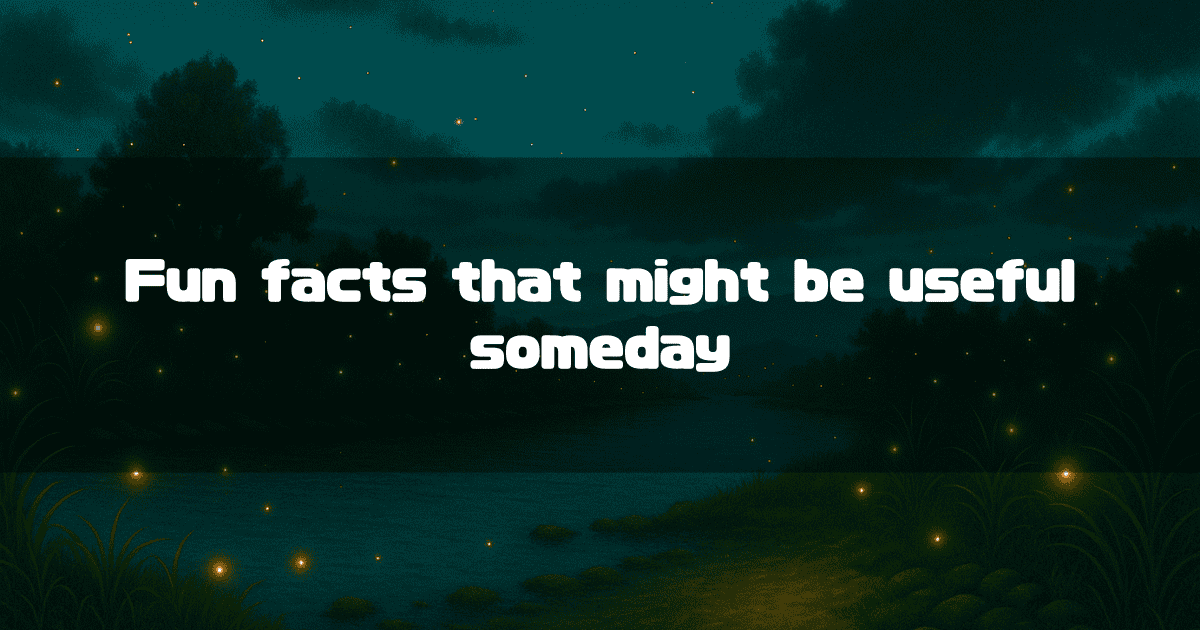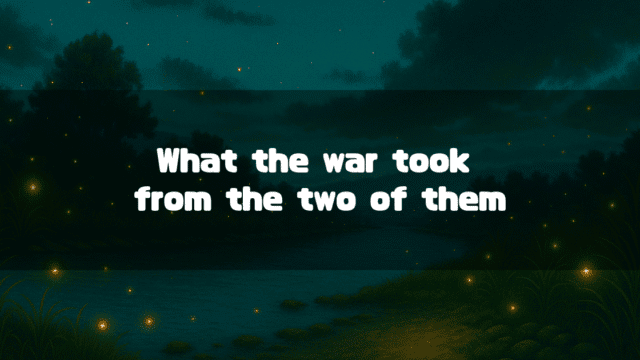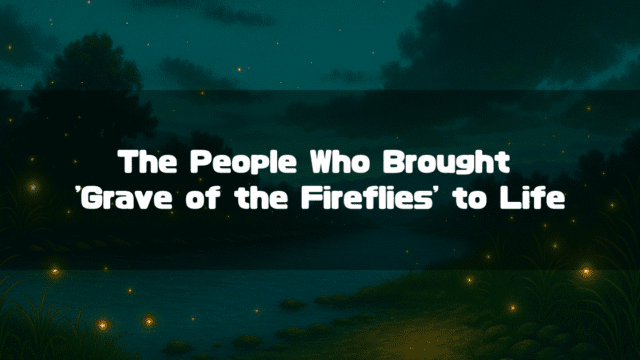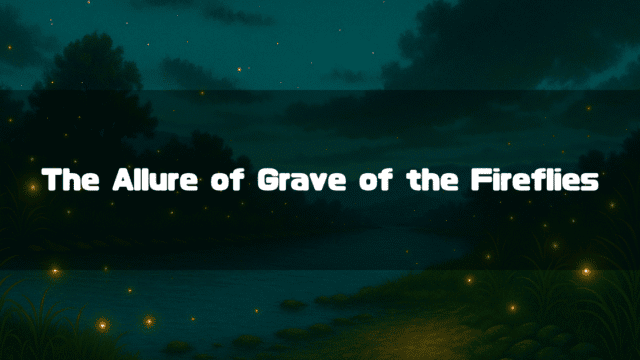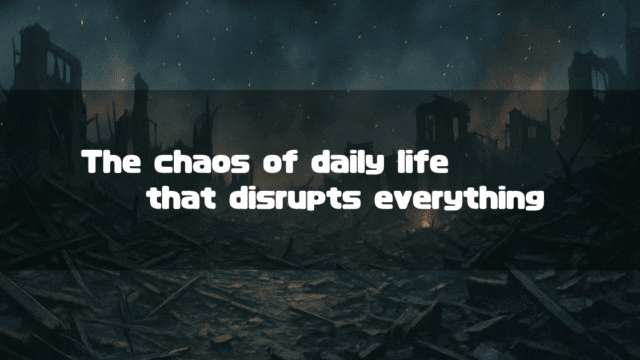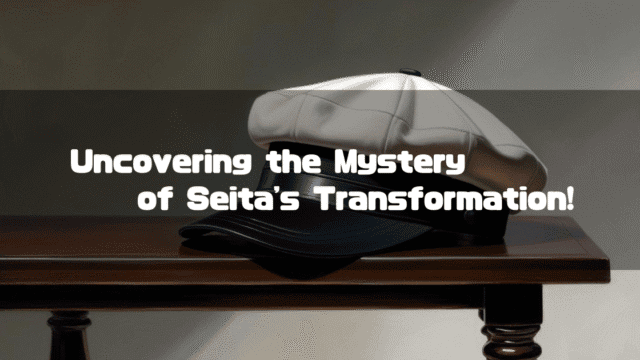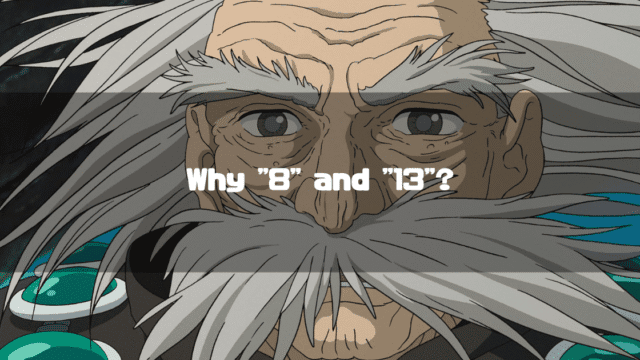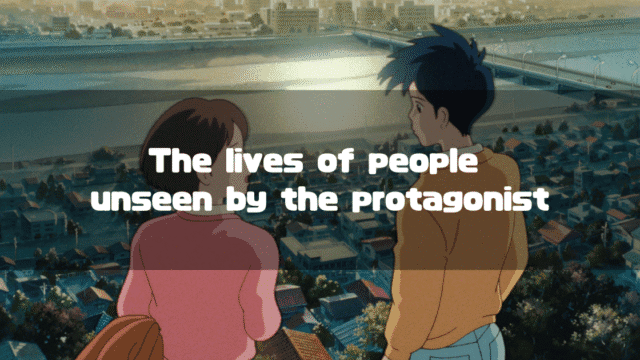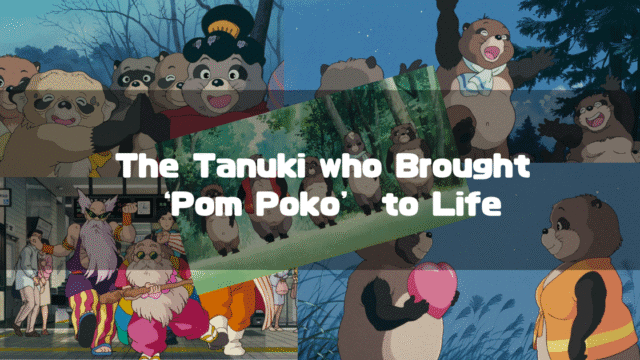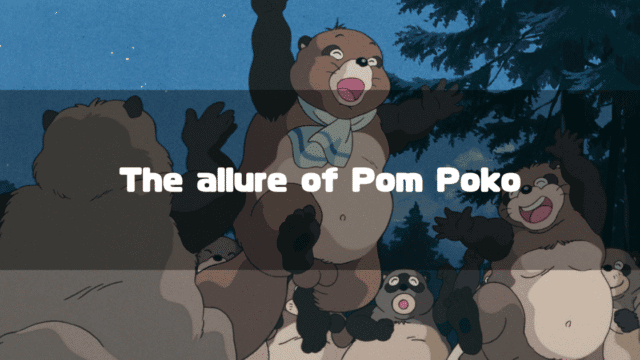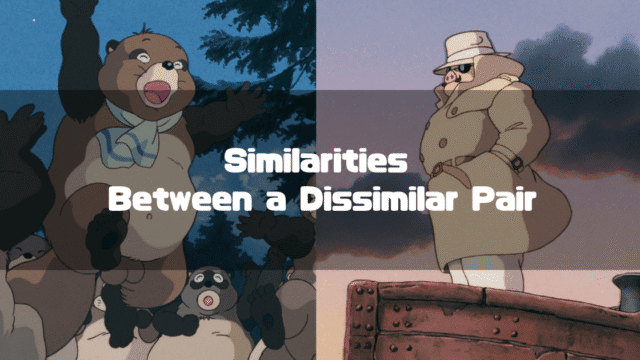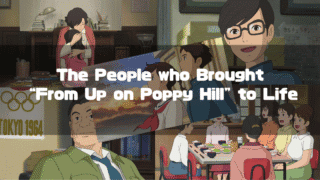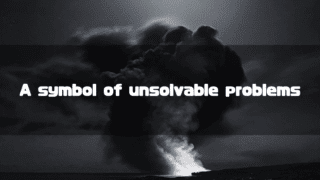“Grave of the Fireflies(Studio Ghibli Official)” is a 1988 animated feature film directed by Isao Takahata.
In this article, I’d like to share some trivia and interesting facts about “Grave of the Fireflies.” While not essential for a deeper understanding of the main story, I believe some of these facts are quite fascinating.
*This article is an English translation of the original Japanese article, “【火垂るの墓】雑学&豆知識集“
Let an AI walk you through the highlights of this post in a simple, conversational style.
- “Grave of the Fireflies” Trivia & Fun Facts
- “Grave of the Fireflies” was screened as a double feature with “My Neighbor Totoro.”
- Some scenes were uncolored at the time of release.
- The Tug-of-War for Yoshifumi Kondō and Michiyo Yasuda
- Director Isao Takahata Also Experienced Air Raids
- Original Author Akiyuki Nosaka Guided the Location Scouting
- The Outlines are Brown
“Grave of the Fireflies” Trivia & Fun Facts
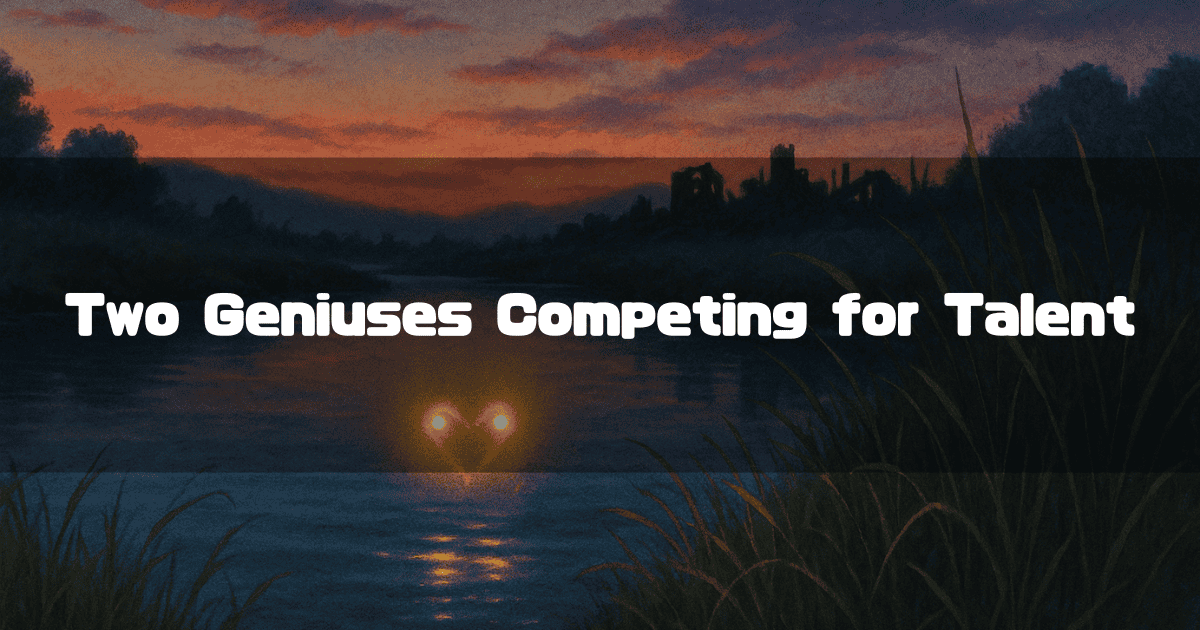
“Grave of the Fireflies” was screened as a double feature with “My Neighbor Totoro.”
The movie “Grave of the Fireflies” was released in 1988 as a double feature with “My Neighbor Totoro.”
Given the vastly different atmospheres of these films, from a modern perspective, you might wonder, “In what order were they shown?“
The correct answer is, “Some people saw ‘Grave of the Fireflies’ first, while others saw ‘My Neighbor Totoro’ first.” This wasn’t because the order varied by theater, but rather due to the way movies were screened at the time of “Grave of the Fireflies'” release.
Modern movie theaters (multiplexes) use a “reserved seating and replacement” system. However, when “Grave of the Fireflies” was released, there was no reserved seating and no replacement system. As long as you had a ticket, you could enter at any time, sit anywhere you liked, and stay as long as you wanted. The same films were shown on a continuous loop. I myself barely experienced this “non-multiplex movie experience” in my early childhood; by the time I was in upper elementary school, the wave of multiplexes had arrived, and I was watching movies the same way we do today.
So, depending on when people entered the theater back then, they might have seen “My Neighbor Totoro” first or “Grave of the Fireflies” first. Naturally, the viewing experience would be completely different depending on which film was seen first. According to an interview with director Isao Takahata included in the “Grave of the Fireflies” Blu-ray(Japanese edition), it seems some people who saw “My Neighbor Totoro” first couldn’t bring themselves to watch “Grave of the Fireflies” to the end.
While this phenomenon reflects the era of its release, something even more significant was happening at the time.
- “Grave of the Fireflies Blu-ray(Japanese edition), Special Features”
Some scenes were uncolored at the time of release.
While the production of “My Neighbor Totoro,” which was released alongside “Grave of the Fireflies,” went smoothly, the production of “Grave of the Fireflies” was severely delayed.
Isao Takahata was known for his uncompromising commitment to film quality, and starting with “Horus: Prince of the Sun” during his time at Toei Animation, the production of all his Studio Ghibli works, including “Only Yesterday,” “Pom Poko,” “My Neighbors the Yamadas,” and “The Tale of the Princess Kaguya,” faced significant delays.
Officially, only “The Tale of the Princess Kaguya” had its release date postponed, but for “Pom Poko,” for example, the final storyboards were drastically cut to meet the release date, reducing the film’s length by 10 minutes.
Similar difficulties arose with “Grave of the Fireflies.” Toshio Suzuki (then editor-in-chief of “Animage”), producer Tōru Hara, and Ryōichi Satō of Shinchosha (the production company) urged Isao Takahata to speed up production, but he stood firm, insisting, “Please postpone the release.”
Amidst this, the final proposal Takahata came up with was to “release the film with two scenes left uncolored.”
Furthermore, due to a strategy by Toshio Suzuki, the film was released without disclosing the fact that it was “unfinished.” However, because one of the uncolored scenes was the one where Seita steals tomatoes, the audience perceived it as an “artistic choice,” and the fact that it was incomplete went largely unnoticed.
Fundamentally, it’s not right to make audiences watch an unfinished product in a theater. But looking back from a modern perspective, I can’t help but feel, “I’m envious of those who got to see the uncolored ‘Grave of the Fireflies.’” How would that scene actually look uncolored? I’m truly curious.
- “Ghibli Textbook 4: Grave of the Fireflies(ジブリの教科書4:火垂るの墓, in Japanese)”
- “Ghibli Textbook 8: Pom Poko(ジブリの教科書8:平成狸合戦ぽんぽこ, in Japanese)”
- “Ghibli Textbook 19: The Tale of the Princess Kaguya(ジブリの教科書19:かぐや姫の物語, in Japanese)”
The Tug-of-War for Yoshifumi Kondō and Michiyo Yasuda
The fact that “Grave of the Fireflies” was a double feature with “My Neighbor Totoro” meant that Studio Ghibli had to deploy twice its usual resources.
The problem became more serious when both directors wanted to use the same key personnel.
During the production of “Grave of the Fireflies” and “My Neighbor Totoro,” at least two individuals became the subject of a tug-of-war between Isao Takahata and Hayao Miyazaki.
Those two were animator Yoshifumi Kondō and color designer Michiyo Yasuda.
Hayao Miyazaki made numerous visits to persuade Yoshifumi Kondō, who was not a Studio Ghibli employee at the time. Isao Takahata, on the other hand, did not act himself, but when Toshio Suzuki asked him, “What will happen to ‘Grave of the Fireflies’ if Kondō doesn’t do it?” he reportedly replied, “We won’t be able to make it.”
He was an irreplaceable presence for both directors… but in the end, Yoshifumi Kondō joined the production of “Grave of the Fireflies.”
This was not Kondō’s own choice but a decision made by Toshio Suzuki. The simple reason was, “Hayao Miyazaki is an excellent animator himself, so he can just draw it. The same can’t be said for Isao Takahata.”
However, this left Miyazaki dissatisfied. He started to make completely harassing remarks like, “I’ll fake tendonitis and check into a hospital tomorrow!” But an interesting anecdote remains from the following day. In “Ghibli Textbook 3: My Neighbor Totoro(ジブリの教科書3:となりのトトロ, in Japanese),” Toshio Suzuki recounts:
The next morning, around eight o’clock, I got a call from Miya-san, who suddenly said, “I hit Kon-chan,” which surprised me. After listening carefully, it turned out to be a dream, but he said, “I feel better now, so I’ll do it,” and that was the start of ‘Totoro.’
(Original Text in Japanese)
次の日の朝、八時ぐらいに宮さんから電話がかかってきて、いきなり「コンちゃんのこと、殴った」というのでビックリしました。よくよく聞いてみたらそれは夢だったんですが、「気が済んだからやる」ということになり、それが『トトロ』のスタートでした。
This shows just how much both directors coveted the skills of Yoshifumi Kondō.
Furthermore, a tug-of-war also ensued over color designer Michiyo Yasuda.
Michiyo Yasuda was a true comrade who had worked with Takahata and Miyazaki since their days at Toei Animation. Ultimately, a meeting was held with producer Tōru Hara, Toshio Suzuki, Isao Takahata, Hayao Miyazaki, and Michiyo Yasuda. They decided that she would “primarily be in charge of ‘Grave of the Fireflies,’ and for ‘Totoro,’ she would handle the basic color design and appoint another staff member for color specification.”
In other words, Hayao Miyazaki had both of the staff members he desperately wanted taken by Isao Takahata.
As a result, “Grave of the Fireflies” became a masterpiece, so it feels like this was for the best. However, it also makes one want to have seen the “full-spec ‘My Neighbor Totoro'” that would have been created with both Yoshifumi Kondō and Michiyo Yasuda.
In the context of “staff being taken by Isao Takahata,” Hideaki Anno is also often mentioned. It is a fact that Hideaki Anno was in charge of the naval review cruiser in “Grave of the Fireflies.” It is said that when asked whether he wanted to work on the opening animation for “Totoro” or the cruiser for “Grave of the Fireflies,” he chose to work with Isao Takahata because he had already worked with Hayao Miyazaki (on the Giant Warrior in “Nausicaä”). However, at present, I have been unable to find any (primary) sources to support this anecdote.
Since no particular statement denying this anecdote has been released, I believe it is likely true, but caution is advised.
However, if we assume this anecdote is true, it means Hayao Miyazaki had three staff members taken by Isao Takahata. This only strengthens the desire to see a “full-spec ‘My Neighbor Totoro’.”
- “Ghibli Textbook 3: My Neighbor Totoro(ジブリの教科書3:となりのトトロ, in Japanese)”
- “Ghibli Textbook 4: Grave of the Fireflies(ジブリの教科書4:火垂るの墓, in Japanese)”
Director Isao Takahata Also Experienced Air Raids
Director Isao Takahata was born in Mie Prefecture in 1935, but moved to Okayama in 1943 when his father became the principal of Okayama First Middle School.
The following year, at the age of nine, Isao Takahata experienced the Okayama Air Raid.
The Okayama Air Raid began at 2:43 AM on June 29, 1945. It was a nighttime raid (incendiary bombs dropped by B-29s).
He and his older sister fled through the night city, which was ablaze with incendiary bombs. They reached the river that flowed through the center of the city (the Asahi River) and spent the time shivering under a black rain until dawn.
This means that the depiction of the incendiary bomb air raid in “Grave of the Fireflies” reflects the director’s own experiences.
However, the “Kobe Air Raid” depicted in “Grave of the Fireflies” is based on the one experienced by the original author, Akiyuki Nosaka, which took place during the day on June 5, 1945. Although both involved incendiary bombs from B-29s, the time of day was different. To enhance the film’s realism, Takahata seems to have done extensive research on incendiary bombs, including how they would look during the day.
In the process, a slight problem arose concerning the structure of the incendiary bombs.
Director Takahata, an air raid survivor himself, and others who had experienced incendiary raids described the event as a “rain of fire,” having seen flaming incendiary bombs falling from the sky, a sight that has even been captured in photographs.
Director Takahata had an opportunity to ask a specialist from the Self-Defense Forces about the structure of incendiary bombs (the assistant director actually did the questioning). However, the specialist stated that “due to their structure, it is impossible for incendiary bombs to ignite in mid-air,” which contradicted his own experience, other testimonies, and even photographs.
Isao Takahata was a person who meticulously and thoroughly researched everything depicted in his films, so his portrayals are generally considered highly reliable. However, this means that some caution is needed regarding the incendiary bombs in “Grave of the Fireflies.” I have summarized my personal research and thoughts on this matter in the following article:
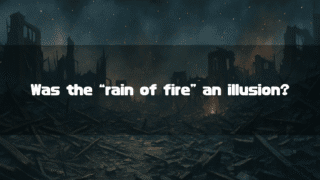
The conclusion of the article is that “it is possible to reconcile the testimonies of air raid survivors with the explanation from the Self-Defense Forces,” but since it is merely the conclusion of an amateur, one must remain cautious.
- “Wikipedia – Isao Takahata” (Japanese)
- “Wikipedia – Okayama Air Raid” (Japanese)
- “Introducing a Dialogue with Director Isao Takahata (jodo-shinshu.info)” (Japanese)
- “The place where the author of ‘Grave of the Fireflies’ was separated from his sister by death is in Fukui Prefecture. The shop where he bought his sister’s ‘boxwood comb’ mentioned in the novel still exists today (Fukui Shimbun)” (Japanese)
- “Ghibli Textbook 4: Grave of the Fireflies(ジブリの教科書4:火垂るの墓, in Japanese)”
Original Author Akiyuki Nosaka Guided the Location Scouting
During the production of the movie “Grave of the Fireflies,” Director Takahata and some of the staff scouted locations where the original story took place. The person who guided them was the author himself, Akiyuki Nosaka.
Art director Nizō Yamamoto mentions in “Ghibli Textbook 4: Grave of the Fireflies(ジブリの教科書4:火垂るの墓, in Japanese)” that Nosaka carefully guided them through the story’s settings in Kobe, Ashiya, Mikage, and Mandanidani.
Akiyuki Nosaka was apparently very satisfied with the animated version of “Grave of the Fireflies,” and contributed an essay titled “Anime is Formidable” to the magazine “Shōsetsu Shinchō” (the content of the essay can be found in “Ghibli Textbook 4: Grave of the Fireflies”).
- “Ghibli Textbook 4: Grave of the Fireflies(ジブリの教科書4:火垂るの墓, in Japanese)”
The Outlines are Brown
A feature of “Grave of the Fireflies” and “My Neighbor Totoro” is the fact that “the outlines of the characters are brown.”
Outlines are usually black, but it was decided that black would not suit the worldview of “Grave of the Fireflies” or “My Neighbor Totoro,” so a new approach was taken.
However, because it was a new approach, there were various technical difficulties. But thanks to those efforts, two masterpieces were born.
But this is the kind of thing you “wouldn’t know unless you were told.” I had no idea about this fact until I learned about it as a piece of information. This might be a clear example of the sad reality that most of the production side’s immense effort and ingenuity does not reach us, the consumers.
On the other hand, if you consider whether the production side really wanted us to be so conscious of the “brown outlines,” it doesn’t seem so. Rather, the fact that we didn’t notice it could be seen as the result of the production side’s hard work and the success of their ingenuity. Well, that’s just an excuse, though.
- “Ghibli Textbook 4: Grave of the Fireflies(ジブリの教科書4:火垂るの墓, in Japanese)”
About the Author
Recent Posts
- 2025-09-16
Maleficent: Full Synopsis and Analysis – A Tale That Complements and Corrects the “Questionable Points” of Sleeping Beauty - 2025-09-15
An Analysis of Disney’s “Sleeping Beauty”: Plot Spoilers, Its Enduring Charm, Lovable Nitpicks, and Differences from the Original Tale - 2025-09-06
The Boy and the Heron: Characters, Voice Actors & Analysis - 2025-09-06
The Boy and the Heron: Full Synopsis & Analysis (Spoilers Explained) - 2025-09-06
The Boy and the Heron: The Amusing “Fraud” Legends of Toshio Suzuki, the Model for the Gray Heron – The History of the Masterful Skill that Supported Studio Ghibli –

